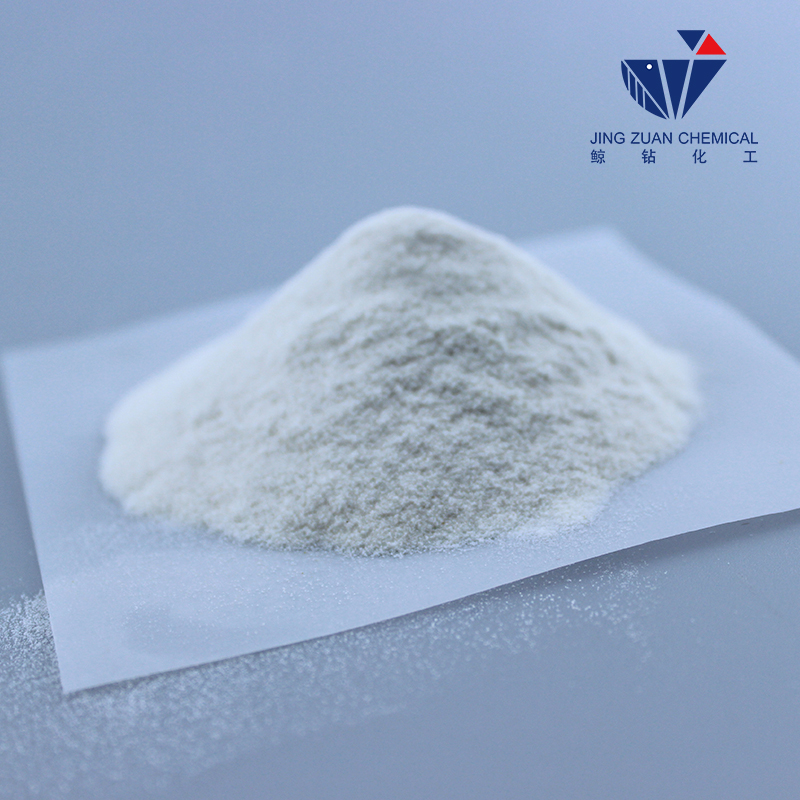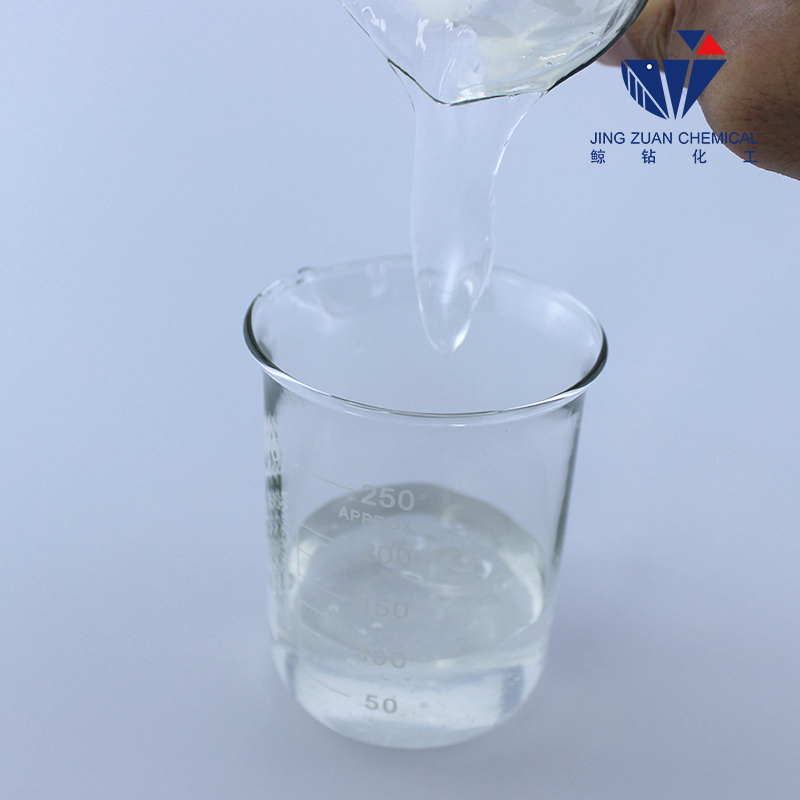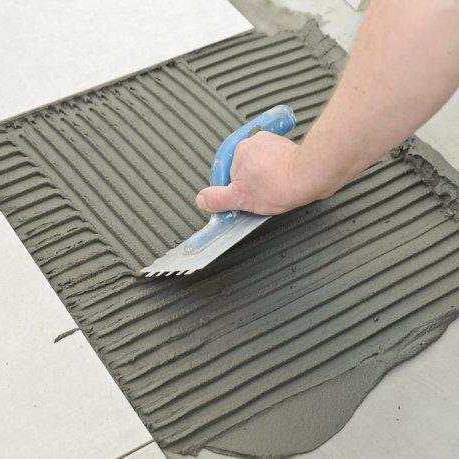
Oct . 23, 2025 14:10 Back to list
Cellulose Ether: Pure, High-Viscosity Liquid Thickener
What’s Really Happening in Cellulosics: A Field Report on HPMC
If you work with dry-mix mortars, tile adhesives or even detergent gels, you’ve bumped into Cellulose Ether—specifically HPMC—more times than you think. And, to be honest, the category is evolving faster than many spec sheets show. I’ve toured lines, read the lab books, and chatted with buyers who care about bag-to-bag consistency more than buzzwords.

Product at a Glance: HPMC from Shijiazhuang
Origin: NO.1 Building, Technology Center, High-Tech Zone, Shijiazhuang City, Hebei Province, China. Chemical Name: Hydroxypropyl Methyl Cellulose; Molecular formula (nominal repeat): C36H70O19. Many customers say this grade “just works” in mortars—less tweaking, fewer callbacks.
| Spec | Typical Value | Test method (≈/real-world may vary) |
|---|---|---|
| Viscosity | 400–200,000 mPa·s | Brookfield RVT, 2% sol, 20±0.5°C [1] |
| Moisture | ≤5% | Oven @105°C, 2 h |
| Residue (Ash) | ≤5% | Muffle @575°C |
| Gel temperature | 62–70°C | ISO 2555/ASTM D2196 guidance |
| Shelf life | 24 months sealed, dry | Manufacturer’s QC protocol |

Process Flow (How it’s really made)
Materials: refined cotton, NaOH (alkalization), methyl chloride and propylene oxide (etherification), water, and careful heat control. Methods: alkalization → etherification in reactor → neutralization → washing → flash drying → milling → precision sieving. Every decent plant I’ve seen runs lot-wise Brookfield viscosity, moisture, ash, particle size, and substitution distribution checks. Certifications often include ISO 9001 and, in export batches, REACH preregistration.
Testing standards you’ll hear on the floor: viscosity per ASTM D2196/ISO 2555, water retention in mortars via ASTM C1506 or JG/T 266, tile adhesive open time and slip per EN 12004, flow/slump via ASTM C1437. Service life in application? In cementitious mortars, it primarily impacts open time, tack, and resistance to bleeding rather than “aging,” but we’ve seen stable performance for years in cured matrices, as expected.

Where it’s used (and why)
- Dry-mix mortar, tile adhesive, EIFS/ETICS: water retention, sag control, open time; EN 12004 compliance made easier.
- Gypsum plaster and putty: creamier spread, crack reduction, better trowel feel.
- Self-leveling underlayment: anti-segregation with compatible low-vis grades.
- Detergents and cleaners: thickening and suspension without harsh odor.
- Paints: rheology tuning; actually, it can reduce spatter in some formulas.
Real-world data and feedback
MENA tile-adhesive plant swapped in HPMC 60K mPa·s: open time +8–12 min (EN 12004), slip reduced by ≈25%, water retention >92% (ASTM C1506). A gypsum finisher in Eastern Europe reported “smoother pull, less drop-off,” needing ≈3% less rework. It seems that steady DS/MS distribution is the sleeper metric behind that consistency.

Advantages and customization
- Rheology control with fewer co-additives (saves on starch ethers in some SKUs).
- Consistent gel temp (62–70°C) supports hot-climate workability.
- Custom cut: viscosity windows, particle size, surface treatment for fast dispersion.
- Packaging: 25 kg paper bags; jumbo options on request; lot traceability standard.
Vendor landscape (quick take)
| Vendor | Lead time | Certs | Customization | Notes |
|---|---|---|---|---|
| CNJZ Chemical (Shijiazhuang) | ≈10–18 days | ISO 9001; REACH info on request | High (viscosity, PSD, surface-treated) | Strong mortar focus; stable open-time results |
| EU Producer A | ≈3–5 weeks | ISO 9001/14001 | Medium–High | Premium pricing; excellent documentation |
| SEA Trader B | ≈2–3 weeks | Varies by lot | Low–Medium | Watch batch-to-batch variability |
Trends to watch
- Heat-tolerant Cellulose Ether grades for hot-weather tiling. - Surface-modified HPMC for fast wet-out in high-speed mixers. - Lower-ash, low-odor options for premium interior plasters. Adoption is growing in LATAM and Africa as dry-mix supply chains mature.
Standards and compliance: specify viscosity method (ASTM D2196/ISO 2555), mortar tests (ASTM C1506, EN 12004), and require ISO 9001. For critical jobs, ask for CoA per lot, plus dispersion time curves and particle-size D50.
Quick buying checklist
- Grade + viscosity target and tolerance band
- PSD and surface treatment for your mixer type
- Water retention and open time against your sand/cement
- Summer/winter formulations (gel temp matters)
References
- ASTM D2196 – Standard Test Method for Rheological Properties of Non-Newtonian Materials.
- EN 12004 – Adhesives for tiles: Requirements, evaluation of conformity, classification.
- ASTM C1506 – Water Retention of Hydraulic Cement-Based Mortars.
- ISO 9001 – Quality management systems: Requirements.
-
Cellulose Ether | High Purity, Fast Hydration, Stable Flow
NewsNov.17,2025
-
Cellosize HEC Thickener – High Purity, Fast-Dissolving
NewsNov.17,2025
-
Cellulose Ether: High-Purity Liquid Thickener, HEC Cellulose
NewsNov.17,2025
-
VAE Powder (RDP): High Adhesion & Flexibility for Mortars
NewsNov.17,2025
-
Cellulose Ether: High Purity, Fast-Dissolving, Stable Flow
NewsNov.17,2025
-
Cellosize HEC Thickener – High Purity, Fast-Dissolving
NewsNov.11,2025







